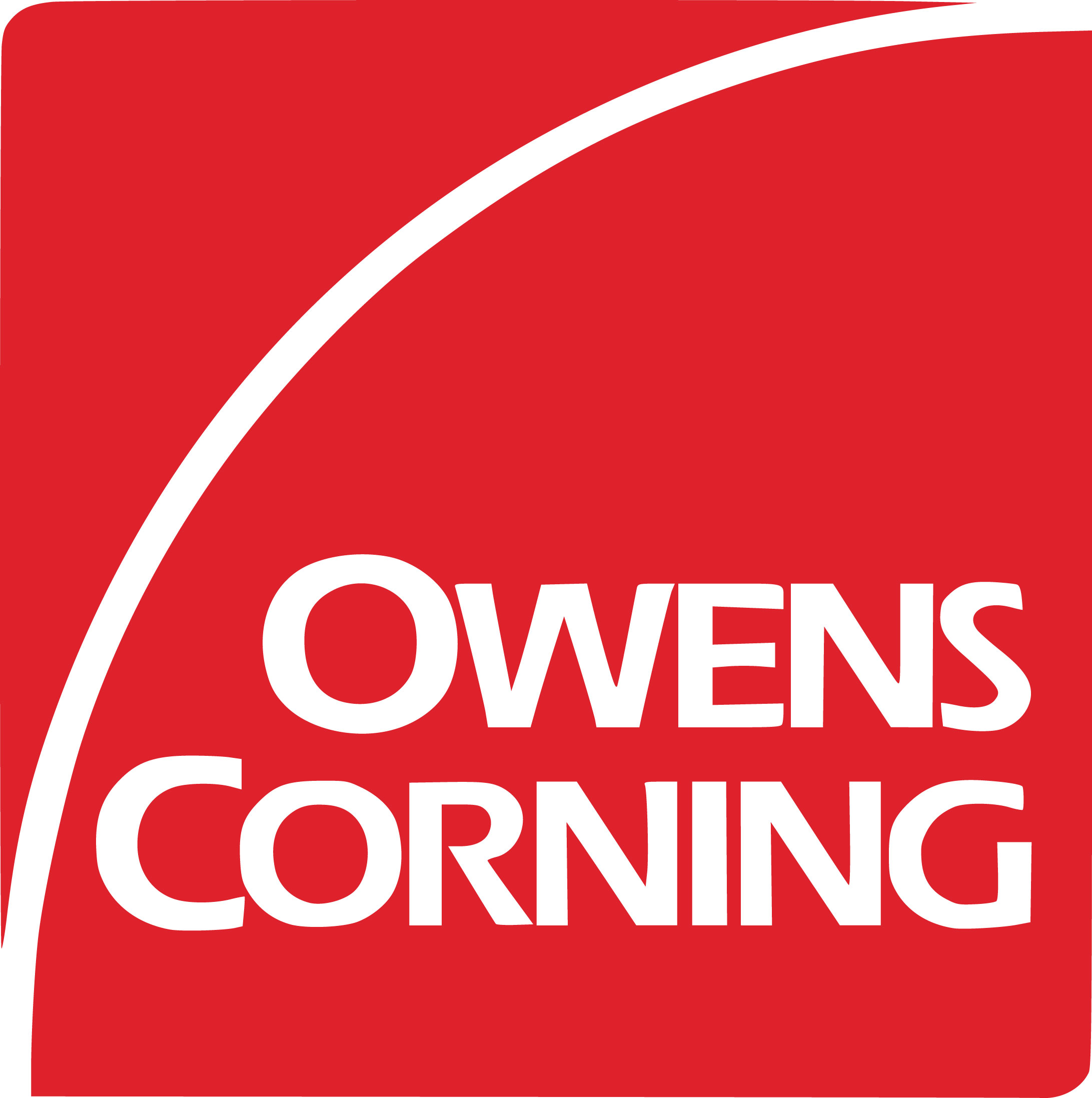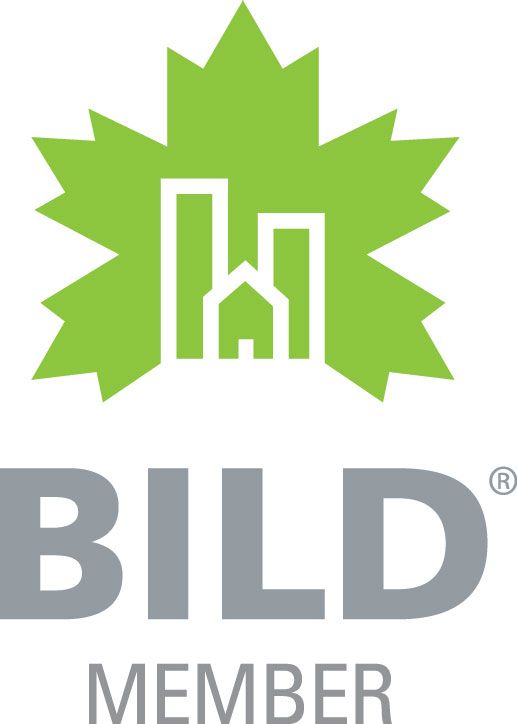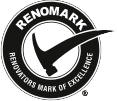GO GREEN with Canadian Roofing Company Ltd!
Did you know that up to 50 to 70% of your home’s heat loss occurs through the ceilings? With today’s rising energy costs, the right insulation system can save you money, reduce the amount of energy you use and make your home more comfortable. Open attic areas, flat roof rafter cavities, access ceiling panels , pot lights and other ceiling breaches can all add up to significant areas of heat loss in your home. Hot air naturally rises and cooler air stays lower to the ground. The more insulation you have on top of the ceiling material, the less transmission of heat loss you will have. Fortunately, this issue can be solved by increasing insulation to the open attic spaces and flat roof structure.
In sloping shingle roofs, we can usually enter the attic space through an access panel located in a closet area. If no panel is available, we can frame and install one from scratch. This will allow the owner future access to the attic space for other types of repairs. Remember, your attic hatch door needs proper insulation and weather stripping to seal it off, otherwise, hot air will enter your attic and could condense and create mold issues. Once in your attic, we can evaluate what needs doing and determine how much insulation to install if any. The most cost effective insulation option would be either blown in fibreglass, Owens Corning Attic or blown in cellulose material
On flat roof structures while the roof is removed, we can strategically remove sections of the roof boards to access the rafter cavities and determine the particular insulation requirements of your flat roof. Once exposed, we can blow in fibreglass or cellulose material into these hard to reach areas. On certain roof designs it may be advisable to use a combination of ISO board foam core RIDGID roof insulation, which is sold in varying thicknesses and R- Values, 2lb high density spray foam material and/or blown in fibreglass/cellulose material.
There is only two ways to insulate a flat roof:
- Externally, while the flat roof is removed and while we have access to rafter cavities. This is the less disruptive and cost effective as the boards can easily be removed and replaced where needed.
- Internally, which would involve cutting and removing sections of ceiling material and blowing in or installing fibreglass batt material. This type of installation is more commonly used during full renovations and removal of ceiling and wall material.
Canadian Roofing Company Ltd. offers the following types of insulation:
- Blown-in fibreglass insulation: ( R- Value per inch = approx 3 ) This is an inorganic synthetic material that is blown in place using a machine for open attic spaces and flat roof rafter cavities to increase thermal efficiency.
- Blown-in cellulose insulation: ( R-Value per inch = approx 3.5) Cellulose is an organic product made from ground up newsprint mixed with fire retardants. The material is blown in through a machine into open attic spaces and flat roof rafter cavities to increase thermal efficiency.
- 2-lb closed-cell spray foam insulation: (R-Value per inch = approx 6.5) This sprayed in material is the most costly of insulation options as the raw cost of the material is very expensive to purchase and the equipment is very expensive to buy and maintain. The R Value of the material increases with each inch of added spray foam material. This product is great for hard to reach areas like crawl spaces, duct work, garage ceilings with living space above, cantilevered bay windows that are exposed to the elements ,rafter pockets where floor joists meet the foundation wall, etc.
- Remember the higher the R- Value number, the greater the insulating power!
Our experts are available to advise you on the best insulation solutions for your particular needs and budget.
Canadian Roofing Company Ltd. is committed to helping clients upgrade to an eco-friendly home.
Please visit www.cmhc-schl.gc.ca




















